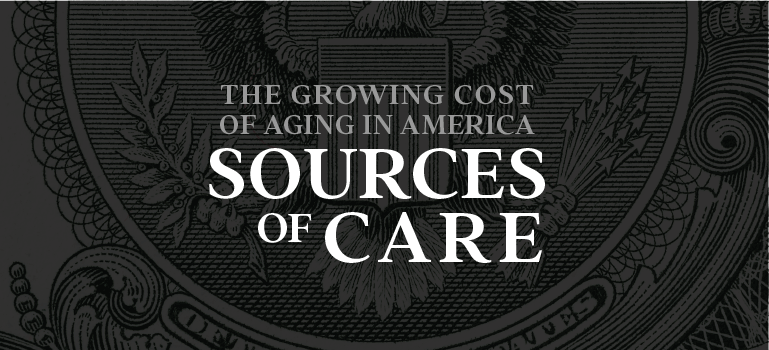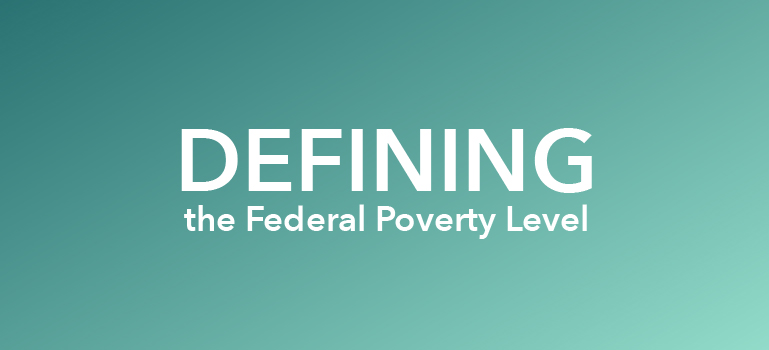
As the health care industry has become increasingly data-driven, the need for health informatics and analytics managers to organize and draw conclusions from health information has increased. Learn more about health information technology (HIT) careers.











